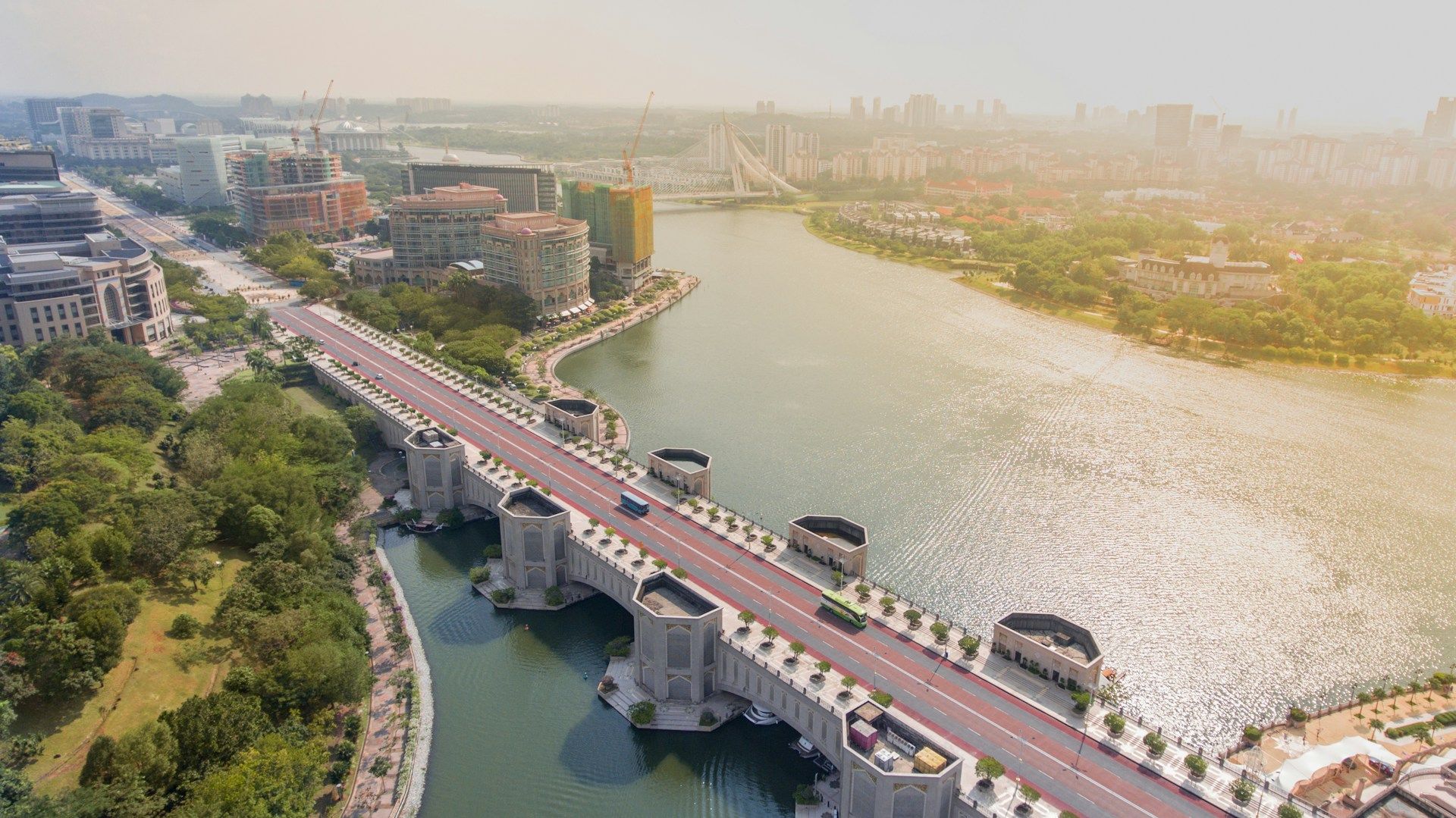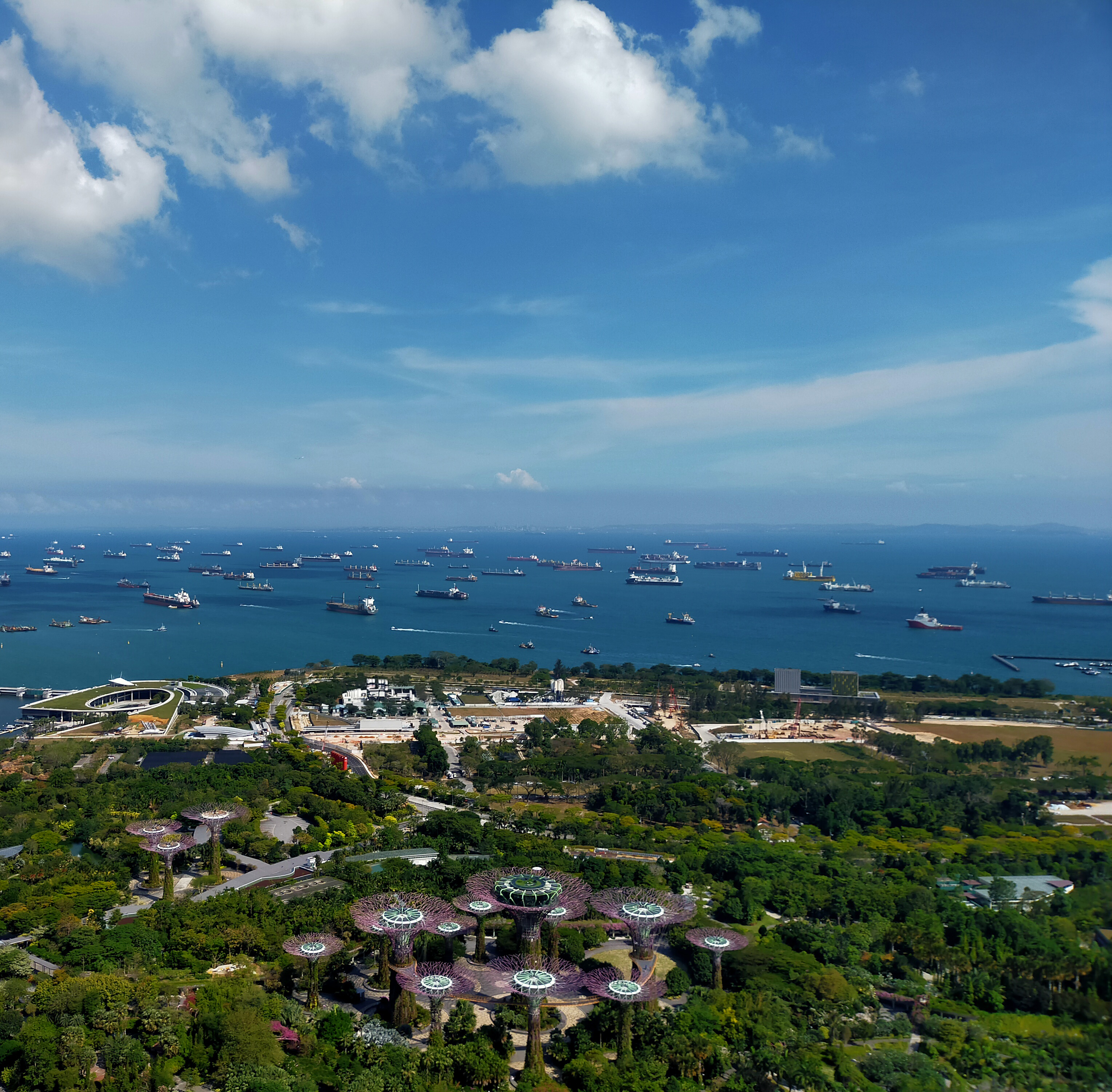Brasília and Putrajaya: using urban morphology to represent identity and power in national capitals
Macedo, J., & Tran, L. V.
Journal of urbanism: international research on placemaking and urban sustainability, 6(2), 139-159
Brasília, the national capital of Brazil, and Putrajaya, the new administrative capital of Malaysia, were created generations apart and on different continents. Brasília was created as an icon of Modernist architecture, while Putrajaya represents the emergence of new symbolic relationships between government and economic prowess. Like most new towns built in the twentieth century, they were made possible by government backing. This paper explores the ideological basis for the production of urban space in the development of seats of national governments. The analysis of Brasília and Putrajaya confirms that governments use urban design in national capitals to represent power.
Jul 1, 2023

